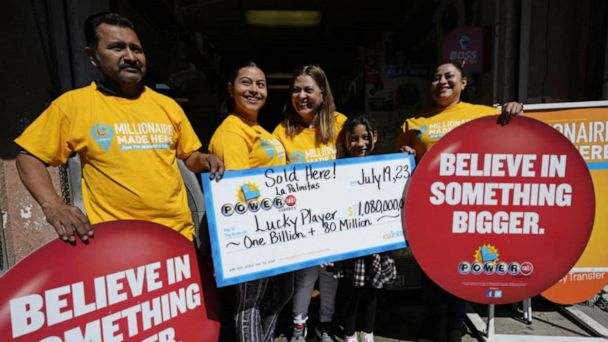explore

Seng Cheng has been working in gene therapy for nearly as long as gene therapy has been a field. As a young scientist in the early 1990s, he was part of one of three teams racing to develop a gene therapy for cystic fibrosis, a high-profile effort that resulted in national headlines, prestigious publications, and zero patients cured.
So he’s seen the field’s highs and lows. Lately, there have been a lot of both, including at Pfizer, the company Cheng called home until this summer. The pharma brought three potentially powerful gene therapies for muscular dystrophy and hemophilia into late-stage trials but, in January, chose to abandon a large portfolio of early stage candidates that relied on the same technology: adeno-associated viruses, or AAVs, a group of small bugs that scientists spent two decades taming into a gene shipping system.
advertisement
The move seemed emblematic. Across the industry, AAV companies have been struggling, either shelving programs or stopping work altogether, while investors shuttled money toward new technologies such as CRISPR and its various permutations. Longtime researchers feared promising drugs, particularly for ultra-rare diseases, might get lost in the shuffle.

Get unlimited access to award-winning journalism and exclusive events.
Subscribe Log In







